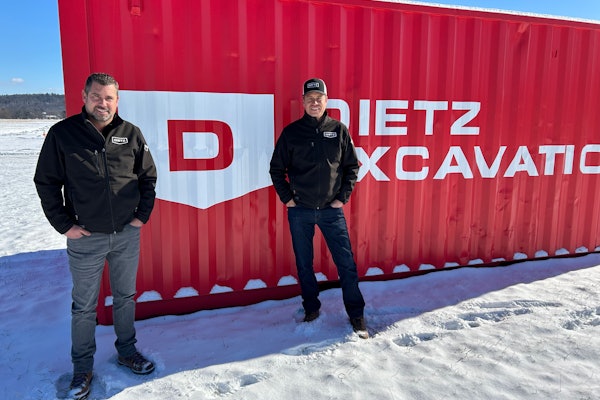To help battle the construction industry’s worker shortage, unions and several contractor associations are joining forces to create a program with the goal of recruiting 700,000 military veterans over the next five years.
The program is called “Helmets to Hardhats,” and it would establish the Center for Military Recruitment, Assessment & Veterans Employment. The center would communicate with those being discharged from the military, assess their readiness for specific construction jobs and connect them with local unions for additional job training or place them with participating employers.
Only 8 percent of enlistees are married when they enter the military, but when they leave, 60 percent are married and many have children. “The burden of such responsibilities makes it urgent for them to find civilian jobs immediately,” says Ben Cook, president of the National Electrical Contractors Association, one of the groups sponsoring the program.
The center is slated to become operational in January 2003, and would be governed by a board of trustees comprised of an equal number of employer and labor members.
Local unions and contractors must volunteer to be part of the program. In order to enroll, contractors must participate in a federally registered apprentice program, establish a permanent system to ensure employment and training opportunities, have a formal curriculum and instructor training program with related on-the-job instruction and possess a good affirmative action record.
All the unions in the AFL-CIO’s Building and Construction Trades Department and eight contractor associations sponsor the Helmets to Hardhats program. The associations are the Finishing Contractors Association, the International Council of Employers of Bricklayers, the Mechanical Contractors Association, the National Association of Boilermaker Employers, the National Erectors Association, the North American Contractors Association, the Sheet Metal and Air Conditioning Contractors’ National Association and NECA.





